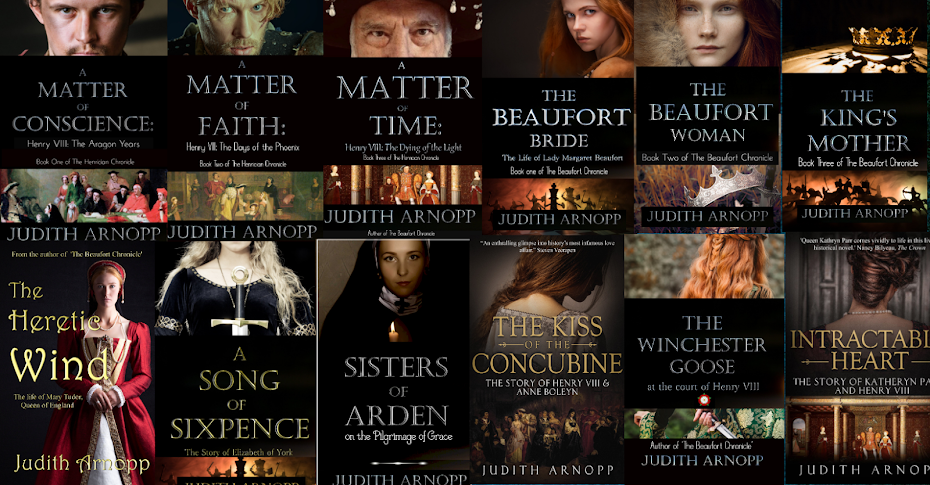 Cwrtnewydd village lies between Lampeter and Newcastle Emlyn, huddled about a small Welsh river in the Cledlyn Valley. It is essentially a farming hamlet and, although there is no longer any shop, the pub has closed and only the school remains (for now) the inhabitants manage to maintain a sense of community. The village has its historical roots in farming and the woollen industry but, more recently, the village has welcomed incomers from the world over. Living in a remote area has its benefits peaceful vistas, solitude and tranquillity, but there are also drawbacks. We are all vulnerable to accidents and every villager, directly or indirectly, has benefited from the service supplied by the Air Ambulance.
Cwrtnewydd village lies between Lampeter and Newcastle Emlyn, huddled about a small Welsh river in the Cledlyn Valley. It is essentially a farming hamlet and, although there is no longer any shop, the pub has closed and only the school remains (for now) the inhabitants manage to maintain a sense of community. The village has its historical roots in farming and the woollen industry but, more recently, the village has welcomed incomers from the world over. Living in a remote area has its benefits peaceful vistas, solitude and tranquillity, but there are also drawbacks. We are all vulnerable to accidents and every villager, directly or indirectly, has benefited from the service supplied by the Air Ambulance.I have lived here for sixteen years. You can see from the picture that it can be an isolated lifestyle. Luckily, I love the peace; it enables me to write undisturbed and the ever-shifting moods of the countryside inspires and colours my work. Writing is a solitary, often lonely occupation and for many years I thought I was the only writer living in Cwrtnewydd. You can imagine my delight to discover that, not only were there other writers but they also held a flourishing writer’s group every Monday.
Two years ago I plucked up all my courage and asked to join them. There were five members at that time and they welcomed me with open arms and I have since found excellent friendship, support and encouragement. I had never before joined a group, unless you include creative writing classes with Dic Edwards at Lampeter University and, without hesitation, I would recommend that all writers join or form a group. It will help your focus, objectivity and provide a critique service for your embryonic manuscript.
We call ourselves the Cwrtnewydd Scribblers and in 2010, after receiving a most welcome grant from the The Co-Op Community Fund, which paid for the ISBN numbers, we put our heads together to come up with a collection of work.
Although it is the first I have been involved in, Of Cake and Words is Cwrtnewydd Scribblers’ second collection, comprised of poetry, short stories and anecdote. The group is responsible for every aspect of the publication from the cover design to the forming of the publishing company, Cledlyn Publications. The book is a non-profit based venture with fifty pence of the cover price going to Air Ambulance, Wales by way of acknowledgement of the invaluable service they provide to rural communities. The Cwrtnewydd Scribblers will be attending the Lampeter Winter Fair on November 27th where copies of the book and other works by our members will be available.
If you are unable to attend, copies are obtainable from any member of the group contactable via our webpage: http://www.cwrtnewyddscribblers.webs.com/. Priced £3.50
Cwrtnewydd Scribblers, Of Cake and Words, (Lampeter: University of Wales Press: Cledlyn Publications, 2010)





